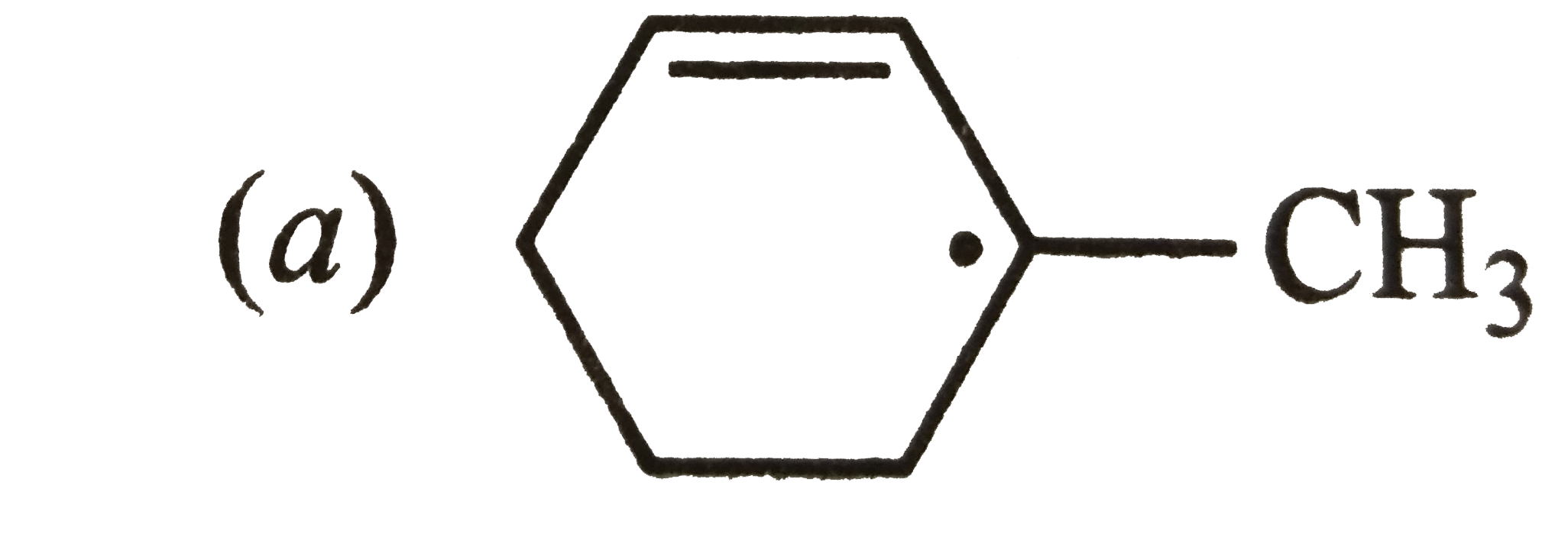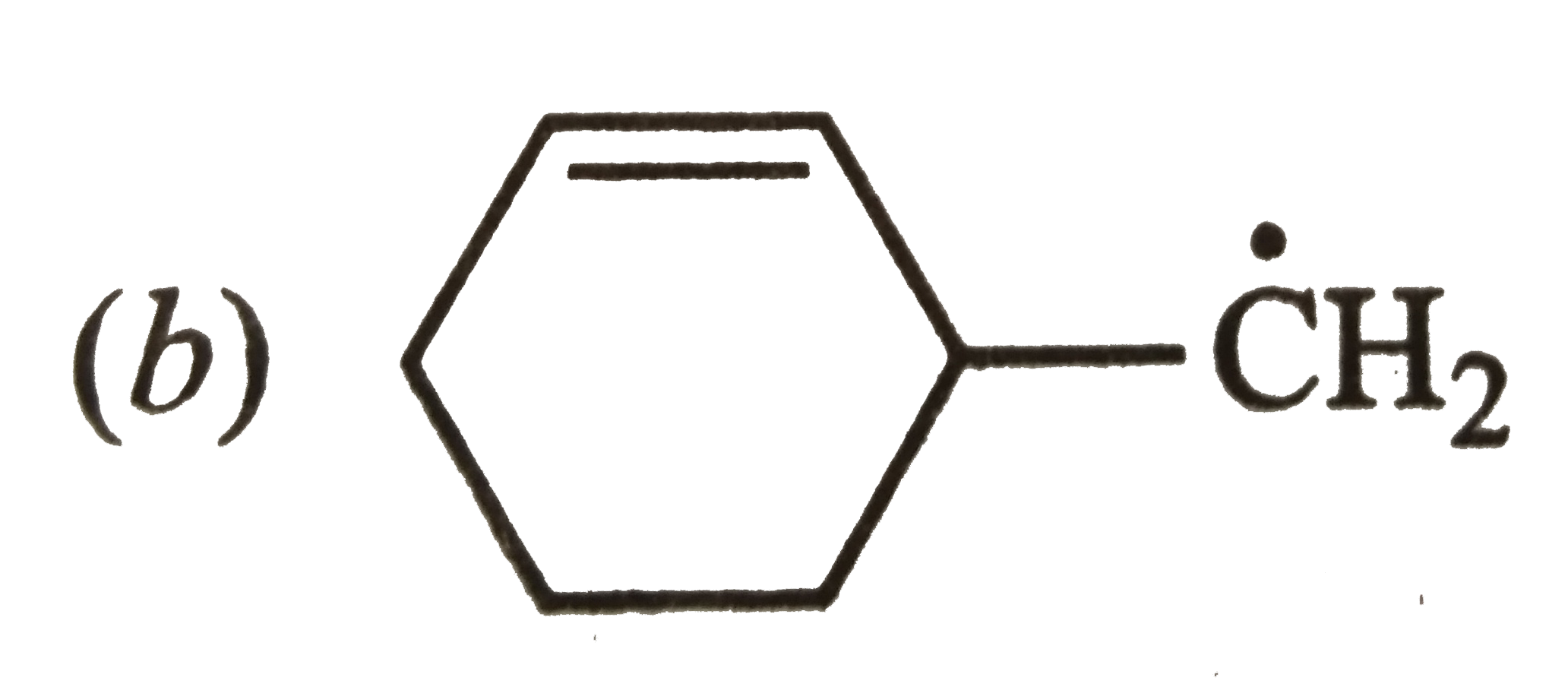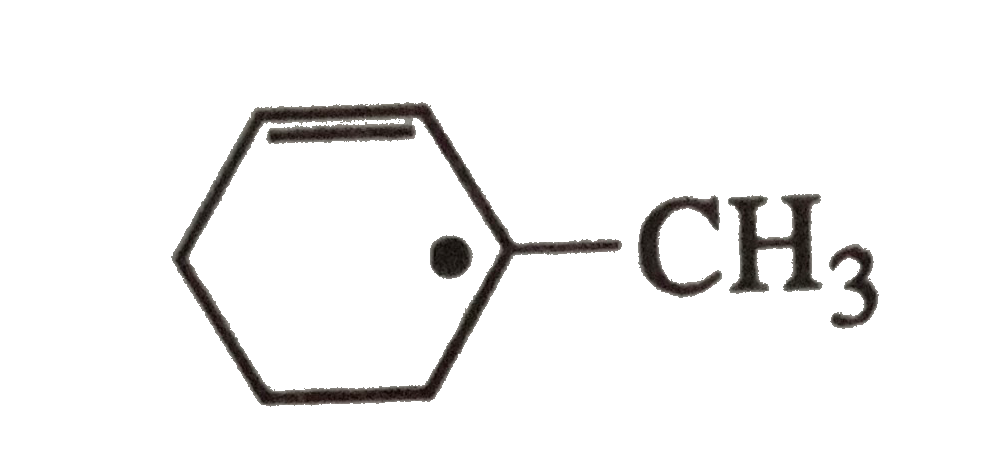Most Stable lanthanide in divalent form
Eu2+
Sm2+
Yb2+
Ce2+
To determine the most stable lanthanide in the divalent form, we can follow these steps:
Step 1: Understand the Lanthanide Series
The lanthanide series consists of 15 elements from lanthanum (La) to lutetium (Lu). These elements typically exhibit multiple oxidation states, with +3 being the most common. However, some lanthanides can also exist in the +2 oxidation state.
Hint: Remember that the stability of oxidation states can be influenced by the electron configuration of the elements.
Step 2: Identify the Divalent State
In the divalent state (Ln^2+), we need to consider the electron configuration of the lanthanides. The general electron configuration for lanthanides is (Xe) 6s² 4f^n, where n varies from 1 to 14.
Hint: Focus on how the removal of electrons affects the stability of the remaining electron configuration.
Step 3: Analyze Europium
Europium (Eu) has the atomic number 63 and its electron configuration is (Xe) 6s² 4f^7. When Europium loses two electrons to form Eu^2+, the electron configuration becomes (Xe) 4f^7.
Hint: Consider the significance of half-filled and fully filled subshells in terms of stability.
Step 4: Stability of Half-Filled Subshells
The 4f subshell can hold a maximum of 14 electrons. A half-filled subshell (like 4f^7) is particularly stable due to symmetry and exchange energy. Therefore, the configuration 4f^7 is more stable than configurations that are not half-filled.
Hint: Recall that half-filled and fully filled subshells are associated with greater stability due to electron pairing and exchange energy.
Step 5: Conclusion
Since Europium in the +2 oxidation state has a half-filled 4f subshell (4f^7), it is the most stable lanthanide in the divalent form.
Final Answer: The most stable lanthanide in the divalent form is Europium (Eu).
The lanthanide series consists of 15 elements from lanthanum (La) to lutetium (Lu). These elements typically exhibit multiple oxidation states, with +3 being the most common. However, some lanthanides can also exist in the +2 oxidation state.
In the divalent state (Ln^2+), we need to consider the electron configuration of the lanthanides. The general electron configuration for lanthanides is (Xe) 6s² 4f^n, where n varies from 1 to 14.
Europium (Eu) has the atomic number 63 and its electron configuration is (Xe) 6s² 4f^7. When Europium loses two electrons to form Eu^2+, the electron configuration becomes (Xe) 4f^7.
The 4f subshell can hold a maximum of 14 electrons. A half-filled subshell (like 4f^7) is particularly stable due to symmetry and exchange energy. Therefore, the configuration 4f^7 is more stable than configurations that are not half-filled.
Since Europium in the +2 oxidation state has a half-filled 4f subshell (4f^7), it is the most stable lanthanide in the divalent form.
Topper's Solved these Questions
Similar Questions
Knowledge Check
Most stable pesticides
AOrganophosphatesBOrganochlorinesCBordeaux mixtureDAzaderectninMost stable radical is
A B
B CCH2=CH⋅CH2DCH2=⋅CH
CCH2=CH⋅CH2DCH2=⋅CHMost stable radical is
A B
B CCH2=CH⋅CH2DCH2=⋅CH.
CCH2=CH⋅CH2DCH2=⋅CH.
